This post may contain affiliate links
Have you ever gotten a new guitar amp and found a pair of strange jacks on the back labeled “Effects Loop” or “FX Loop” – With one jack labeled “Send” and the other “Return”? Chances are: you have. And chances are: you may not be sure exactly what to do with them.
It is not uncommon for people to just completely ignore this part of their amplifier because it is not a requirement to use your effects loop, however, using the effects loop on a guitar amp can greatly benefit your overall tone.
But what is it?
What is an Effects Loop on a Guitar Amp?
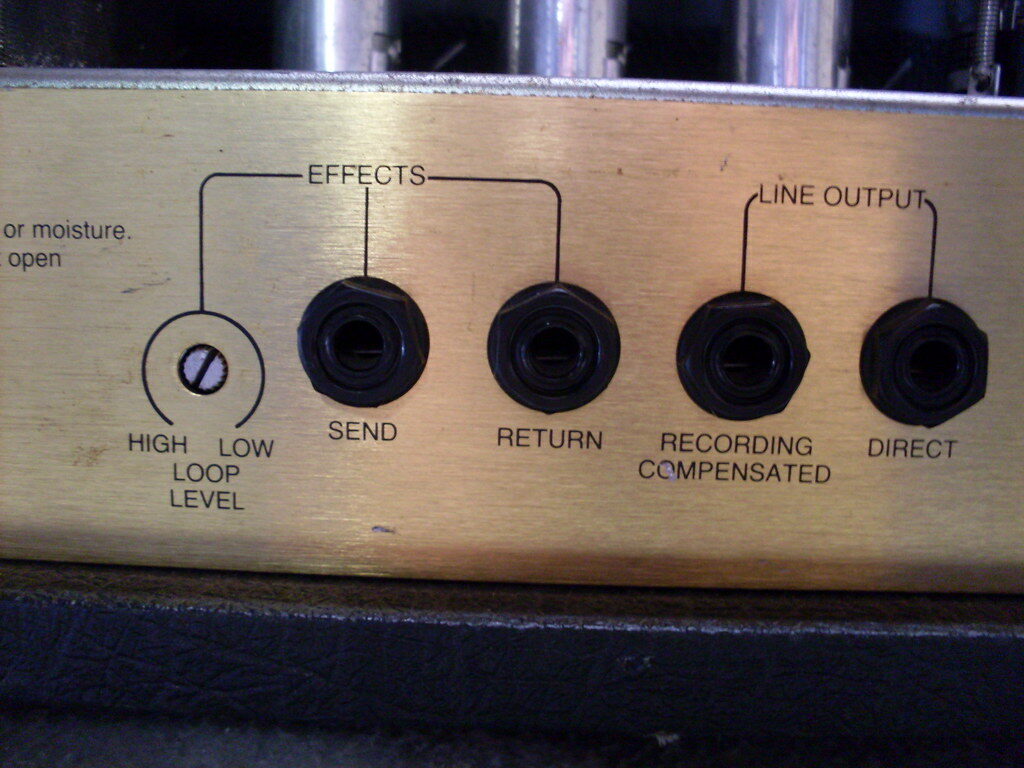
Image Courtesy of Roadside Guitars/Flickr
The effects loop of a guitar amplifier is a tool that allows us to place effect pedals after the preamp in your amplifier (where your amp gets all of its tone) but before the power section (where your amp gets all of its volume).
Think about how you organize your guitar pedalboard. Overdrives and distortions first, then modulation, delay, and reverb. You will almost never place a reverb pedal or delay pedal in front of a distortion pedal (unless you’re playing some My Bloody Valentine-inspired shoegaze riffs). However, your amplifier typically adds a bit of overdrive or saturation to your tone. So if you are putting reverb and delays into your amp’s main input (like most people do) it is effectively like putting a reverb pedal before your distortion. This can end up making your amp sound muddy and less precise.
The effects loop allows you to put pedals like reverbs and delays after your amplifier’s natural distortion.
Do You Need to Use the Effects Loop on Your Amp?
If you have an effects loop on your guitar amp, it is honestly worth trying. It is very easy to set up and usually sounds good!
If you are a guitar player that uses their guitar amp’s “drive” or “distortion” channel, then using your effects loop may improve your tone quite a lot.
If you usually use the “clean” channel on your amp and use distortion pedals for grit, then the effects loop may not be as useful, but you should still give it a try!
What Pedals Go in the Effects Loop?
Typically, you will want to put modulation and time-based effects in the effects loop of your amp. Definitely reverb pedals and delay pedals, and sometimes modulation effects like chorus pedals or flanger pedals. These are the types of pedals that will benefit most from being placed in the FX loop.
If you were putting together a pedalboard to use without utilizing the effects loop, your signal chain may look something like this:
Guitar>Tuner>Overdrive & Distortion>Fuzz>Modulation>Delay>Reverb>Amp
But if you wanted to utilize your amp’s effects loop, you would break it down into two sections like this:
Section 1:
Guitar>Tuner>Overdrive & Distortion>Fuzz>Amp’s Input
Section 2:
Amp’s Effects Loop Send>Modulation>Delay>Reverb>Amp’s Effects Loop Return
Section 1 being the non-effects loop section containing your overdrive, fuzz, compressor, volume, or wah pedals. This section is wired up normally: Guitar into pedals into your amp’s input.
The second section is your effects loop section. This section, as explained above, will include pedals like your reverb pedals, delays, and (sometimes) things like chorus and flanger pedals. To wire these up, you will take an instrument cable from the “Send” jack and wire it to the input of the first pedal in the effects loop chain. Then you will take another cable and wire it from the output of the last pedal in the effects loop chain into the “Return” jack. You have now placed these pedals between the preamp and power sections within your amplifier!
What Are Some Amps With Effects Loops?
There are a number of guitar amps that offer effects loops, so it depends on your budget, your needs, and the style of music you play. However, these are a few great amps that have effects loops, and can be used across multiple genres:
Orange Micro Dark Terror
This tiny little amp packs a serious punch. With 20 watts to offer, the Orange Micro Dark Terror is great for both playing gigs or practicing at home. The amp also offers a headphone out jack, so it is a great option for those who live in apartments or quiet spaces.
Monoprice 1X12 Combo Amp
Another solid choice is this little 1X12 combo amp from Monoprice. It can be switched from its normal 15 watts down to 1 watt, making it a great choice for both gig and home playing.
Bugera V55HD-Infinium
If you are looking for a larger, gigging amplifier with an effects loop, the Bugera V55HD is a great choice. This 55watt, two-channel amp packs a ton of tone and features an effects send and return section too.
Fender Bassbreaker 30R
The Fender Bassbreaker 30R is a loud, 30watt combo amplifier with an effects loop. A great choice for using at a gig or cranking up the volume at home.
Marshall JVM M-JVM205H-U
If you need a loud amplifier with an effects loop, then the Marshall JVM is an incredible option. It features two channels with two independent effects loops and 50watts of pure British amplification.

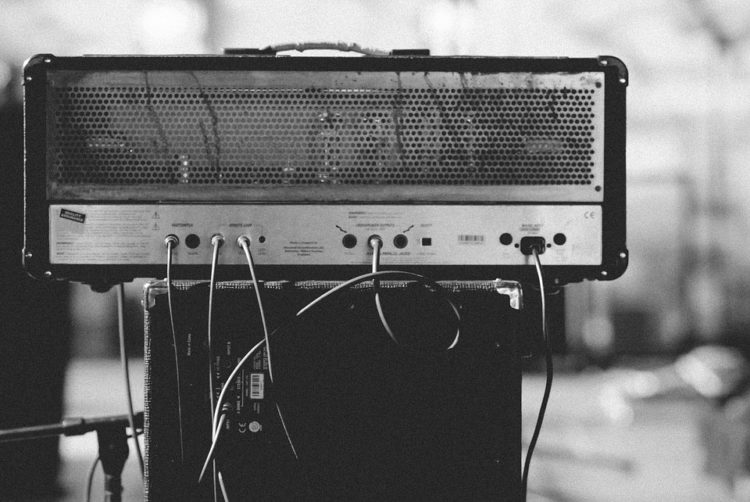

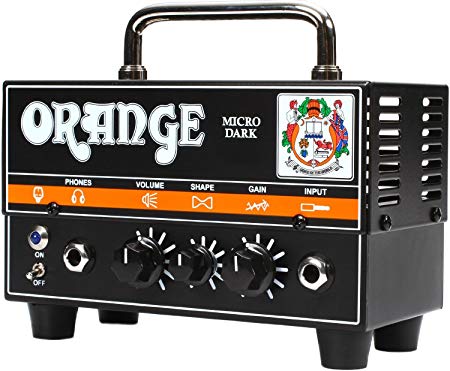
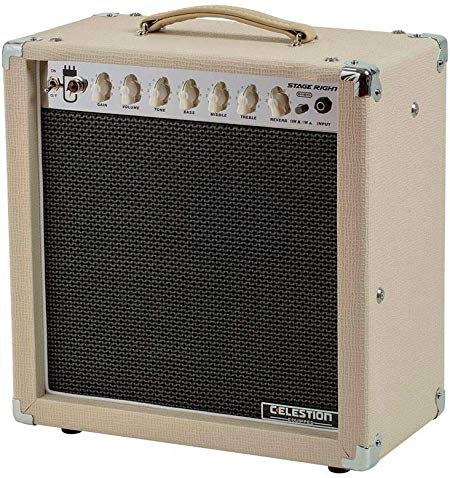
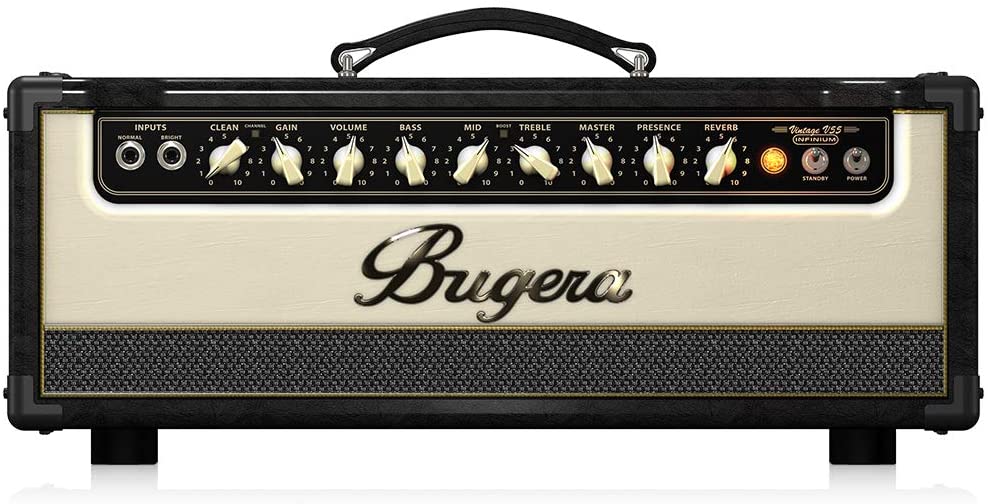 View on Amazon
View on Amazon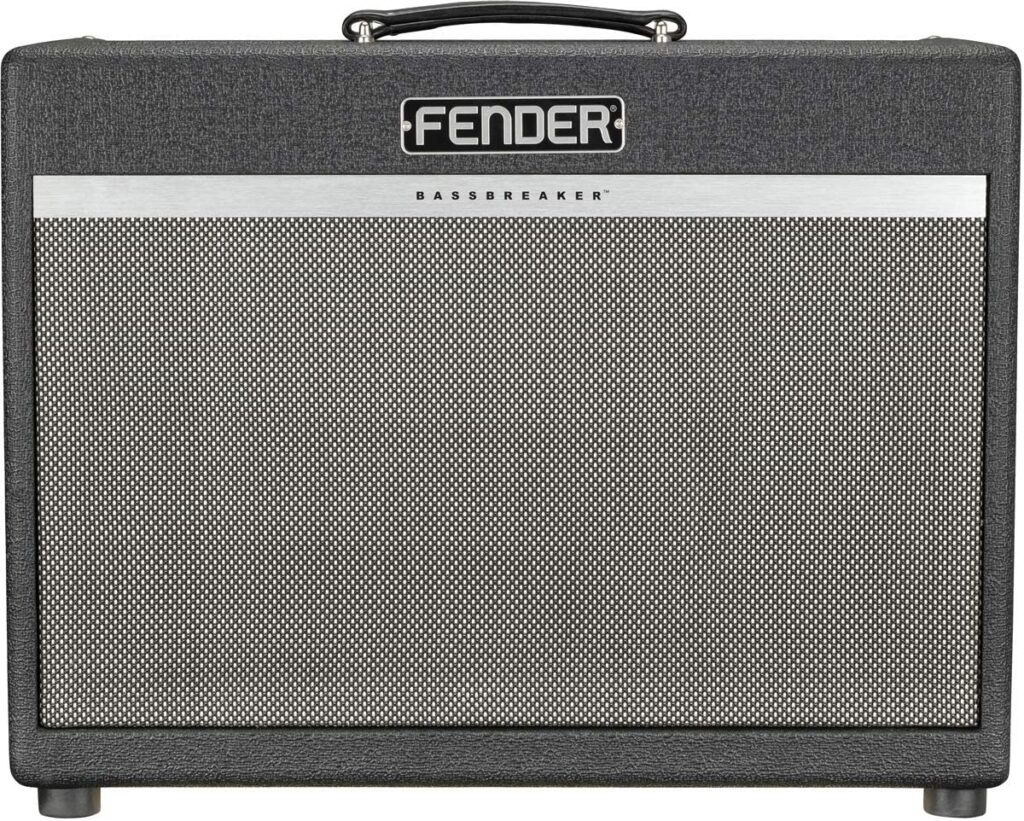 View on Amazon
View on Amazon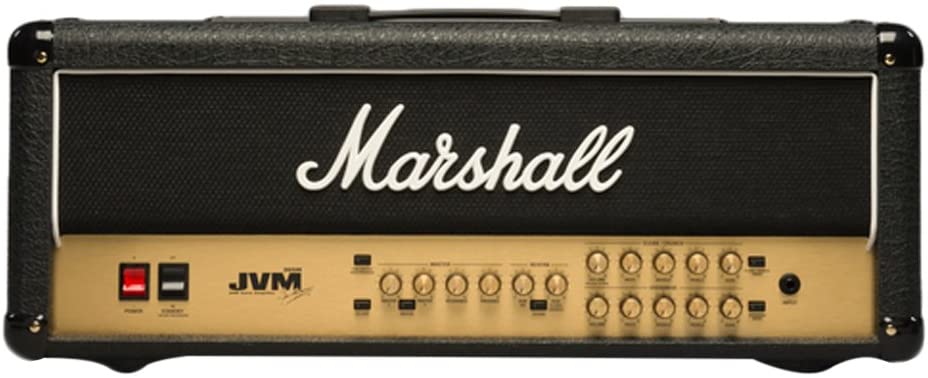 View on Amazon
View on Amazon